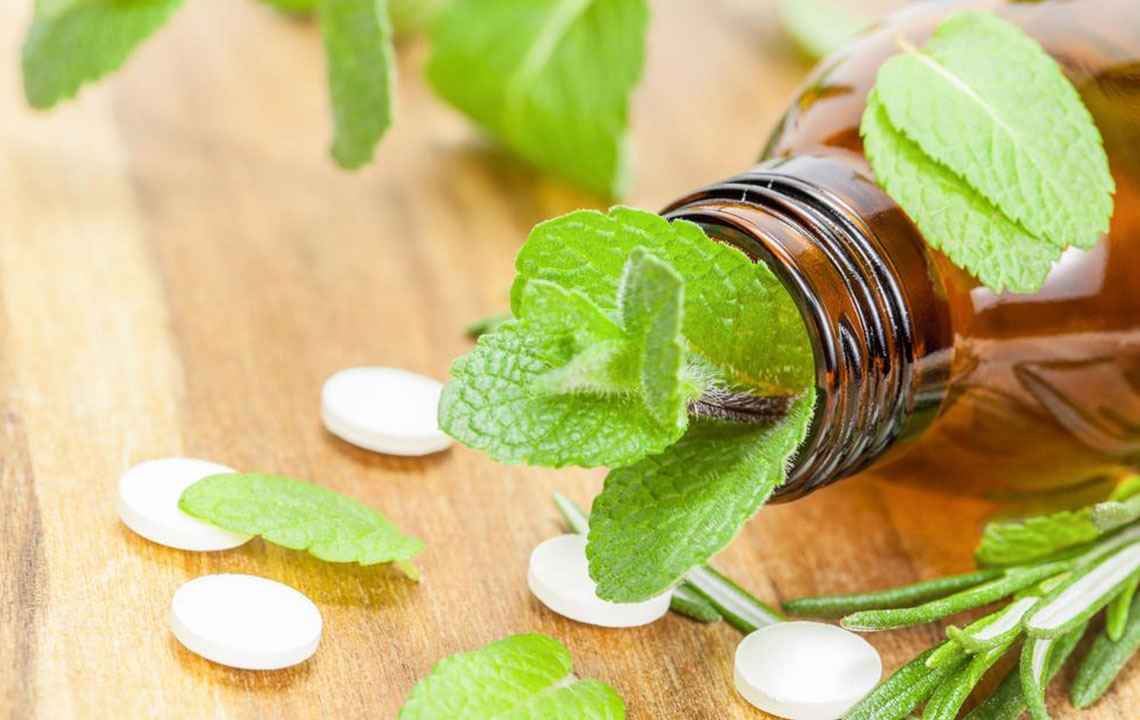Herbal Remedies for Foot Pain

Foot pain is a common problem. This could be due to standing for the complete day, lifestyle choices or some medical problems. Foot pain may occur on the heels, toes, arches, and soles. It causes discomfort to the sufferer. The foot ache can be low, mild and severe. Some pain lasts for short time while others may be chronic.
The common causes of foot pain are:
- Lifestyle
Wearing improper shoes can cause discomfort. High heels and tight shoes exert pressure on the toes. Intense exercises, sports, and jogging can also cause foot injury and pain. - Medical Reasons
Certain medical problems such as diabetes and feet disorders aggravate the foot pain. Arthritis is another big reason for foot pain. Other foot implications such as damaged foot nerves, foot ulcers, hardened foot arteries and sores cause enormous foot pain. People who are obese are prone to foot pain. Foot injuries such as tendinitis, sprain and fractures are other causes of foot pain. Pregnant ladies are more susceptible to foot aches. Warts, ingrown toenails, corns and athlete’s foot are the potential causes of foot ache. Hammertoes, joint pain, calluses and fallen arches could be the probable causes of foot pain. Medical treatment and home remedies for foot pain can cure it. Initially, it is to use herbal remedies for foot pain.
Here are some of the best herbal remedies for foot pain:
- Vinegar
Vinegar reduces the inflammation. It is an excellent remedy for foot pain caused by strains and sprains. Take two tablespoons of vinegar and put them in a bucket of hot water. Dip your feet in the water for twenty minutes. Do this twice or thrice every day. - Ice
Ice numbs the affected foot and relieves pain. Place ice cubes on the aching foot and rub it in circular motions. The coldness numbs the paining nerves and reduces inflammation. Apply the ice pack for ten minutes only. - Hot and Cold Water
This therapy works well to reduce the foot pain. The hot water promotes the circulation of blood while the cold water reduces the swelling and flare-ups. Take hot water in a bucket and cold water in another bucket. Immerse your feet in the hot water bucket for few minutes. Then repeat the same process in the cold water bucket for a minute. Try the method twice or thrice a day. Remember the treatment must end with cold water foot bath. - Epsom Salt
The Epsom salt is one of the remedies for foot pain. You can get quick relief from foot pain. Mix 2-3 tablespoon of Epsom salt in a bucket of bearable hot water. Dip your feet for fifteen minutes. Pat dry your feet and apply some moisturizer on your feet. This relaxes the foot pain. - Clove Oil
Clove oil relieves the foot pain and promotes the blood circulation. Massage the clove oil on the feet many times a day. This relaxes the feet muscles and is an effective treatment for athlete’s foot and joint pain. - Asparagus
Asparagus treats the foot pain caused due to swelling and inflammation. Steam asparagus and the eat it. The diuretic properties of Asparagus flush out the toxins and fluid. Asparagus provides quick relief from inflammation. - Sage
Sage has wonderful properties as a remedy for foot pain. It puts away the foot odor and reduces pain due to sprain, sores, and strains. Take some sage leaves and a cup of apple cider vinegar. Put the leaves in the vinegar and boil them. Dip a towel or cotton cloth in the lukewarm solution and apply it on the aching foot. - Cayenne Pepper
Cayenne has great anti-inflammatory properties which relieve all kinds of pain. Add ½ teaspoon of powdered cayenne pepper in a tub of lukewarm water. Put your feet in the solution for 10 minutes. You will feel a soothing effect which you provide instant relief from foot pain. You can even place the cayenne pepper in your socks. - Mustard Seeds
Grate some mustard seeds and put them in a tub of lukewarm water. Immerse your feet in the tub for about 15 minutes. Remove the feet and dry them gently with a towel. Mustard seeds promote the blood circulation; flushes out toxins from the body, bring down the inflammation and give quick relief from foot pain. - Oils
Take eucalyptus oil, rosemary and peppermint oil. Add four drops of eucalyptus oil, two drops of peppermint and rosemary in a tub of hot water. Dip your feet in the solution for about ten minutes. The solution soothes the feet nerves, reduces inflammation and gives quick relief from the foot ache.
If you suffer from foot pain, try these remedies for foot pain to see better results. The regular application will cure the foot pain. However, if you don’t get relief visit the doctor.


